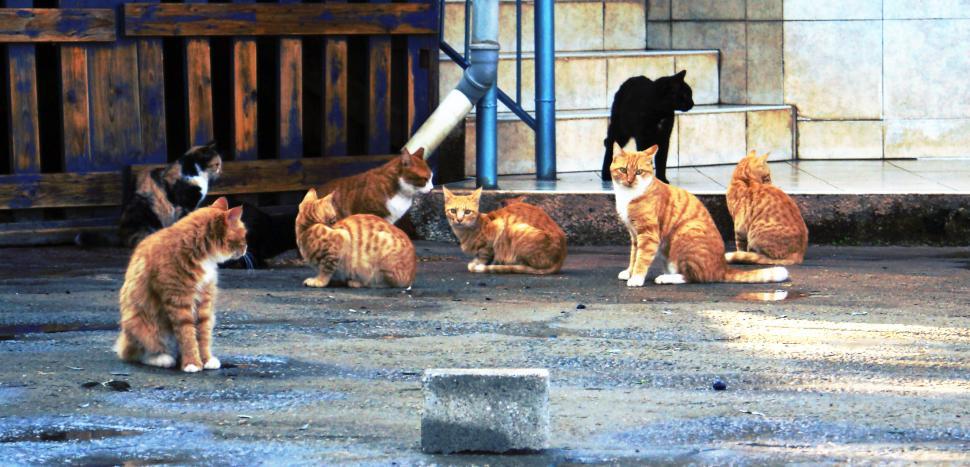Clumping vs. Non-Clumping Cat Litter: What's the Distinction?
Clumping vs. Non-Clumping Cat Litter: What's the Distinction?
Blog Article

Selecting the best cat litter for your feline good friend can be a challenging task given the myriad of options available on the marketplace. This detailed guide will dig into the different types of cat litter, their benefits, downsides, and everything in between to help you make a notified choice.
The material of the cat litter plays a crucial function in its efficiency. Typical products include clay, silica gel, recycled paper, wood, corn, wheat, and walnut shells. Each product provides distinct benefits and prospective disadvantages.
Clay-based litters are the most traditional and extensively utilized due to their high absorbency and clumping abilities, that make clean-up easier. Nevertheless, they can be dirty and may not be the very best choice for cats or human beings with respiratory issues. Silica gel crystals are extremely absorbent, control odors effectively, and are low upkeep because they do not require to be changed as frequently. However, they can be more expensive and some felines may not like the texture. Eco-friendly litters, made from recycled paper, wood, corn, wheat, and walnut shells, are environmentally friendly options. They are usually dust-free and great for cats with allergic reactions, but their smell control and clumping capabilities differ widely.
The option between clumping and non-clumping litter is considerable. Clumping litter forms strong masses when wet, making it easy to dig urine and feces, hence preserving a clean litter box. Non-clumping litter takes in wetness but does not form clumps, which might lead to more regular changes of the whole litter box.
Smell control is a top concern for many Modern Litter Boxes feline owners. Litters are often infused with baking soda or charcoal to neutralize smells. Maintaining a fresh litter box also requires routine scooping, preferably twice a day, and following the producer's standards for changing the litter and cleaning up the box.
The health of your feline and the environmental impact of the litter are likewise essential aspects. Dust-free or low-dust options are better for breathing health. Naturally degradable litters use an eco-friendly option to clay, which is strip-mined and not eco-friendly. Additionally, it's important to be aware of any allergic reactions your feline may need to certain materials.
Cost is a necessary consideration, as the cost of cat litter can differ substantially. While silica gel and some biodegradable litters may be more costly in advance, their durability can offer savings in the long run. On the other hand, clay litter is typically more affordable but requires more frequent replacement.
Eventually, the finest cat litter is one that matches both your and your cat's preferences and needs. It may Tofu Cat Litter take some experimentation to discover the best match. Pay attention to your cat's behavior and comfort, in addition to the litter's efficiency in regards to smell control, absorbency, and upkeep.
Picking the right cat litter contributes significantly to your cat's health, happiness, and the tidiness of your home. By thinking about the product, clumping capability, smell control, health effects, ecological results, and expense, you can make an educated decision that benefits both you and your furry companion. Remember, what works best for one cat might not suit another, so be willing to experiment until you find the perfect Corn Cat Litter solution.